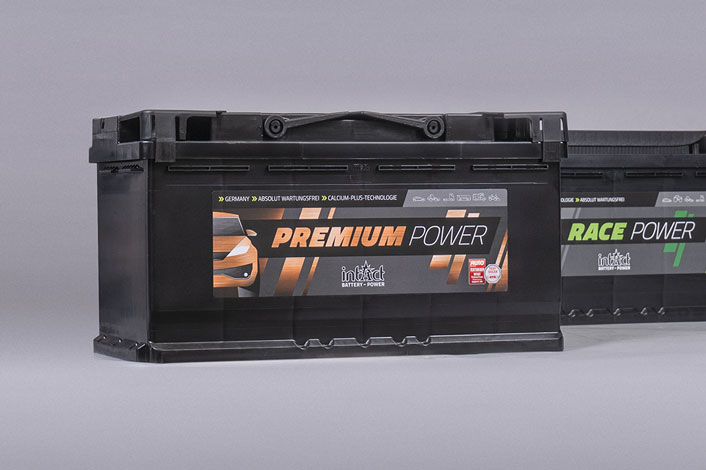Installing a stronger battery: Is that possible?


Everyone wants more power, more capacity. But it always depends on the balance in the vehicle. Can I afford that in the vehicle? You only get out what you put in. So you really have to weigh up whether it makes sense to go up a size? Can my alternator cope with it? Do I need it at all because I have changed something or not? So I have to look at it, does it make sense?
You can read everything you need to know about this topic in our article.
You can also watch the corresponding video here:

Modern vehicles already have sophisticated safety and comfort systems installed ex works. And as a user, you want to supply more and more consumers, whether it's the high-end hi-fi system in the car or the fridge in the camper.
A larger battery with more capacity and power sounds good, but can the alternator cope? It should normally charge the starter battery. Where a lot has to go out, a lot has to come in.

The installation method also sets limits as to whether something larger can be installed at all. In other words, is there room for a larger battery box than the one we have at the moment? If there is still some play, it is worth measuring to check whether the next larger battery will fit.

Even batteries with the same voltage, almost the same ampere-hour rating and the same dimensions can have significant differences in their cold start value. The power, the current it can deliver under load, is significantly higher with an intAct Premium Power, for example, than with a similarly sized intAct Race Power. This is due to the design of the battery.

The ampere-hours are generally interesting for starter batteries in newer vehicles that have a lot of comfort electronics in them. Sufficient capacity ensures that they can also supply these consumers.
Of course, this is even more interesting if the battery is used as a supply battery. In the leisure sector, in a motorhome, on a boat, perhaps even in a garden shed.
Here it makes sense to calculate the capacity.

A rough calculation is relatively simple.
And that roughly gives you the capacity value that your battery should provide.